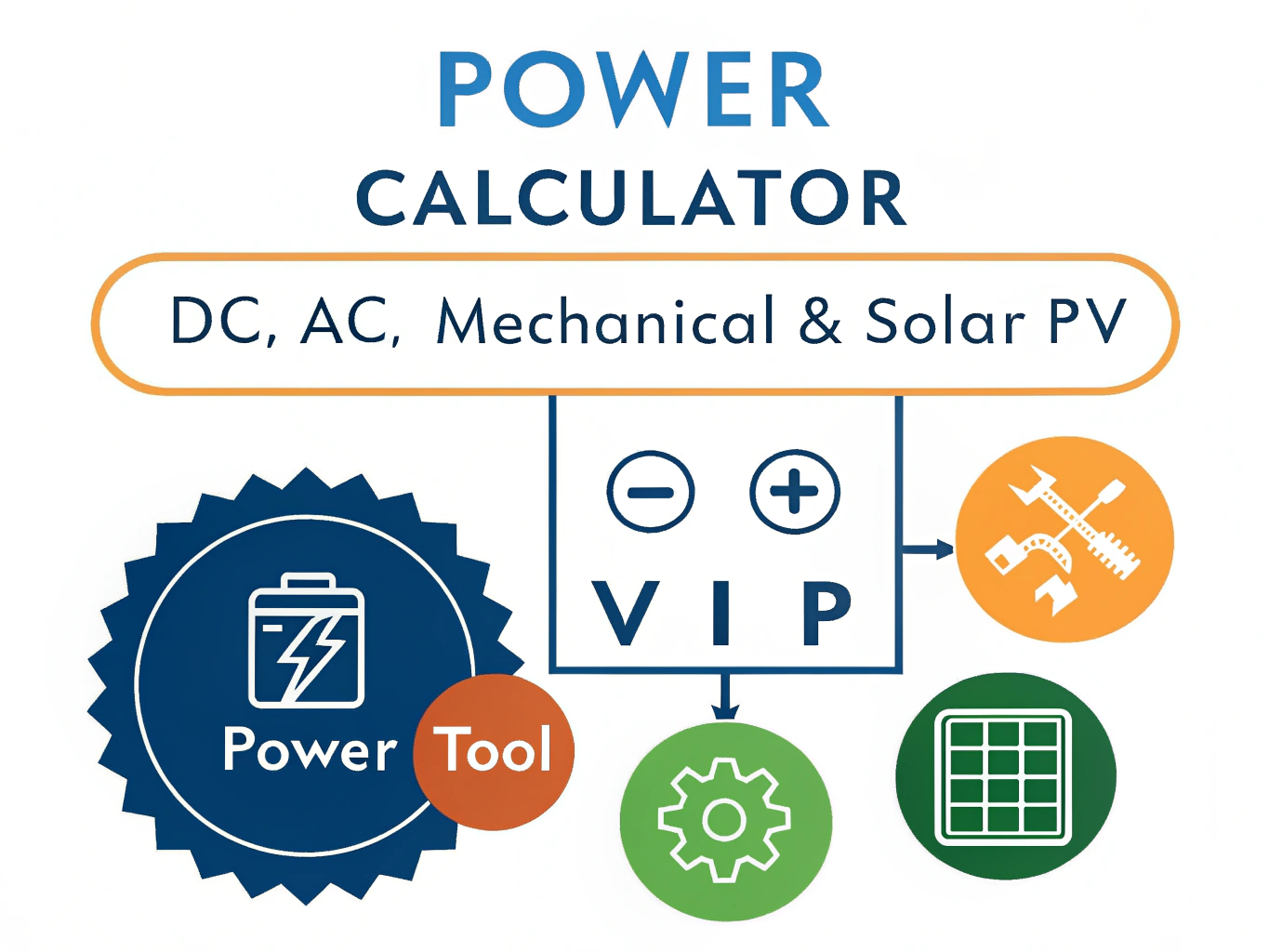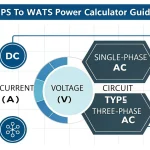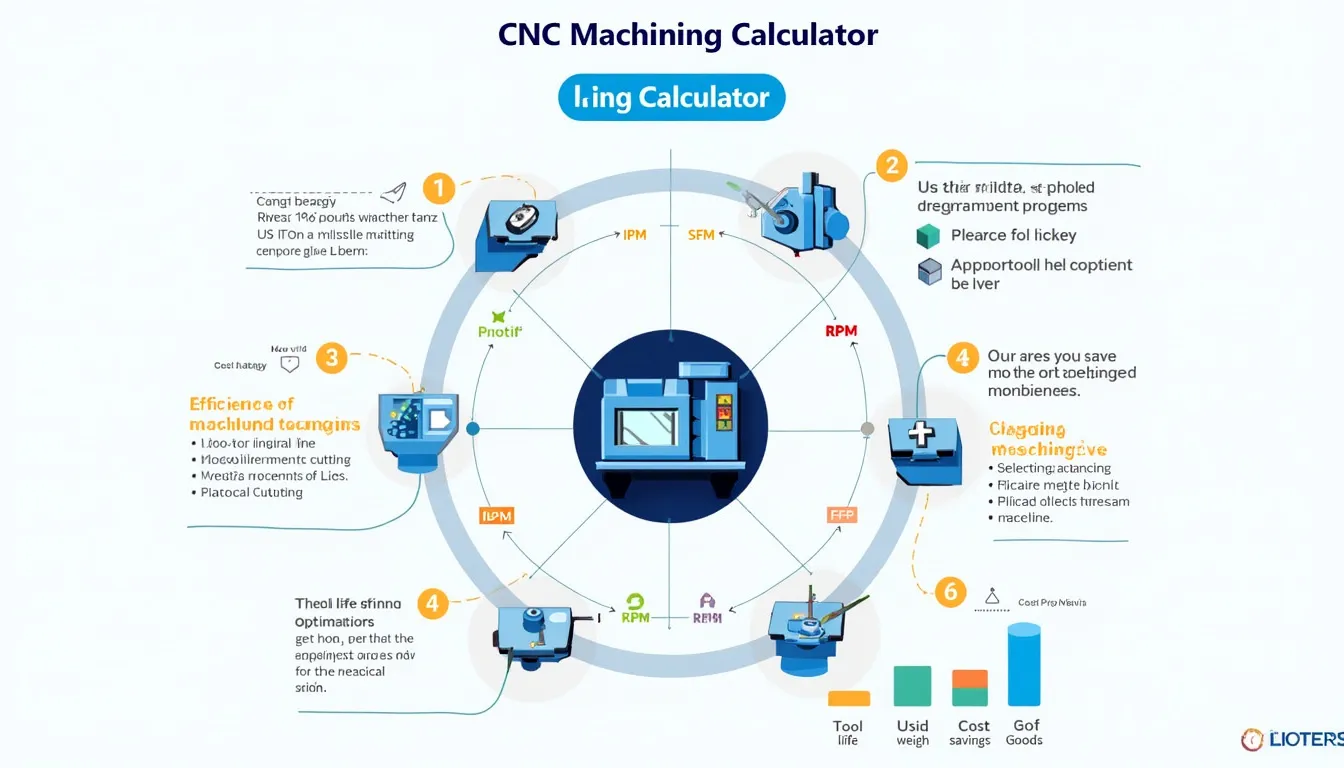Power Calculator
Calculate electrical, mechanical, and solar power with precision
Calculation Results
Is this tool helpful?
How to Use the Power Calculator
Select your calculation type from the dropdown menu to access the appropriate input fields. For DC power calculations, enter any two known values among voltage, current, power, and resistance. For example, input 24 volts and 3 amperes to calculate 72 watts of power. Alternatively, enter 100 watts and 10 ohms resistance to determine voltage and current values.
For AC power calculations, provide voltage and current values along with the power factor if known. Single-phase AC calculations work with standard household voltages like 120V or 240V, while three-phase calculations handle industrial applications with line-to-line voltages such as 480V or 600V.
Mechanical power calculations require torque in Newton-meters and rotational speed in RPM. Enter 75 N·m torque and 1800 RPM to calculate mechanical power output in watts and horsepower. For solar panel maximum power point calculations, input the open circuit voltage and short circuit current from your PV module specifications.
Add time in hours to any calculation to determine energy consumption in watt-hours and kilowatt-hours. This feature helps estimate electricity costs and battery runtime for your applications.
Comprehensive Power Calculation Tool for Electrical and Mechanical Applications
This advanced power calculator handles multiple types of power calculations in a single interface. Whether you work with DC circuits, AC systems, rotating machinery, or solar panels, this tool provides accurate power calculations with comprehensive unit conversions and energy calculations.
The calculator supports five distinct calculation modes: DC power using Ohm’s law relationships, single-phase AC power with power factor considerations, three-phase AC power for industrial applications, mechanical power from torque and speed measurements, and solar photovoltaic maximum power point calculations.
You can solve for unknown electrical parameters when you have partial information. The tool automatically calculates missing values using fundamental electrical relationships and displays results in multiple units including watts, kilowatts, and horsepower.
DC Power Calculations
DC power calculations use the fundamental relationship between voltage, current, power, and resistance. The calculator applies these formulas automatically:
$$P = V \times I$$ $$P = \frac{V^2}{R}$$ $$P = I^2 \times R$$Enter 18 volts and 4 amperes to get 72 watts of power. The tool also calculates equivalent values in kilowatts (0.072 kW) and mechanical horsepower (0.097 HP). If you know the resistance value, you can solve for any missing parameter with just two inputs.
The calculator handles battery applications well. Input 12.6 volts and 15 amperes to calculate 189 watts of power consumption, helping you determine battery runtime and charging requirements for your projects.
Single-Phase AC Power Analysis
AC power calculations account for the phase relationship between voltage and current through the power factor. The tool calculates three types of power:
$$P_{real} = V_{RMS} \times I_{RMS} \times \cos(\phi)$$ $$S_{apparent} = V_{RMS} \times I_{RMS}$$ $$Q_{reactive} = V_{RMS} \times I_{RMS} \times \sin(\phi)$$For a 240-volt circuit drawing 8 amperes with a 0.85 power factor, you get 1,632 watts of real power, 1,920 VA apparent power, and 1,017 VAR reactive power. These calculations help size electrical components and understand power quality issues.
The power factor significantly affects real power consumption. A motor drawing 10 amperes at 120 volts with a 0.75 power factor consumes 900 watts, while the same current with unity power factor would consume 1,200 watts.
Three-Phase Power Calculations
Three-phase power calculations use line-to-line voltage and line current measurements. The calculator applies the standard three-phase power formula:
$$P_{total} = \sqrt{3} \times V_{LL} \times I_L \times PF$$A 480-volt three-phase system drawing 25 amperes per line with a 0.9 power factor delivers 18.7 kilowatts of power. This calculation method works for both wye and delta connected loads when using line measurements.
Industrial motor applications benefit from three-phase power analysis. Input 600 volts line-to-line, 30 amperes line current, and 0.88 power factor to calculate 27.5 kilowatts of power consumption, equivalent to 36.9 mechanical horsepower.
Mechanical Power from Torque and Speed
Mechanical power calculations convert rotational measurements to electrical equivalent units. The relationship between torque, angular velocity, and power follows:
$$P = \tau \times \omega$$ $$\omega = \frac{2\pi \times N}{60}$$A motor producing 85 N·m of torque at 1750 RPM generates 15.6 kilowatts of mechanical power, equivalent to 20.9 horsepower. This calculation helps match motors to loads and verify performance specifications.
Pump and fan applications use mechanical power calculations for efficiency analysis. Enter 45 N·m torque and 3500 RPM to calculate 16.5 kilowatts of shaft power, helping determine overall system efficiency when compared to electrical input power.
Solar PV Maximum Power Point
Photovoltaic maximum power point calculations estimate peak power output from basic module specifications. The tool uses the open circuit voltage and short circuit current to approximate maximum power:
$$P_{max} \approx 0.8 \times V_{oc} \times I_{sc}$$A solar panel rated at 38 volts open circuit and 9.5 amperes short circuit produces approximately 289 watts at the maximum power point. The voltage and current at maximum power point are typically 80% of their respective open circuit and short circuit values.
This calculation helps size solar installations and compare module specifications. A high-efficiency panel with 42 volts open circuit and 11 amperes short circuit delivers about 369 watts maximum power, indicating superior performance per unit area.
Energy Calculations and Runtime Analysis
Energy calculations extend power analysis to time-based consumption and cost estimation. The tool calculates energy in watt-hours and kilowatt-hours when you specify operating time.
A 1,500-watt heater operating for 6 hours consumes 9 kilowatt-hours of energy. At typical residential electricity rates, this represents significant operating cost that the energy calculation helps quantify.
Battery runtime calculations work in reverse. A 12-volt, 100 amp-hour battery stores 1,200 watt-hours of energy. When powering a 150-watt load, the battery provides 8 hours of runtime before requiring recharge.
Unit Conversions and Engineering Units
The calculator automatically converts between common power units including watts, kilowatts, and mechanical horsepower. These conversions help communicate results across different engineering disciplines and applications.
Mechanical horsepower conversion uses the standard relationship where 1 HP equals 745.7 watts. This conversion bridges mechanical and electrical engineering calculations, essential for motor applications and power transmission analysis.
Kilowatt conversions facilitate utility billing calculations and large-scale power system analysis. The tool displays both watts and kilowatts for all calculations, making results appropriate for residential and industrial applications.
Practical Applications and Use Cases
Electrical contractors use this calculator for load calculations, wire sizing verification, and power quality analysis. The comprehensive power calculations support design decisions and troubleshooting activities across residential, commercial, and industrial projects.
Solar installers benefit from maximum power point calculations when designing photovoltaic systems. Combined with energy calculations, the tool helps estimate system performance and economic returns for solar installations.
Mechanical engineers apply the torque and speed calculations for motor selection, pump sizing, and rotating equipment analysis. The power calculations verify that mechanical systems operate within design parameters and efficiency targets.
Students and educators use the calculator to verify homework solutions and explore relationships between electrical quantities. The multiple calculation modes demonstrate practical applications of electrical engineering principles across various technologies.
Important Disclaimer
The calculations, results, and content provided by our tools are not guaranteed to be accurate, complete, or reliable. Users are responsible for verifying and interpreting the results. Our content and tools may contain errors, biases, or inconsistencies. Do not enter personal data, sensitive information, or personally identifiable information in our web forms or tools. Such data entry violates our terms of service and may result in unauthorized disclosure to third parties. We reserve the right to save inputs and outputs from our tools for the purposes of error debugging, bias identification, and performance improvement. External companies providing AI models used in our tools may also save and process data in accordance with their own policies. By using our tools, you consent to this data collection and processing. We reserve the right to limit the usage of our tools based on current usability factors.







